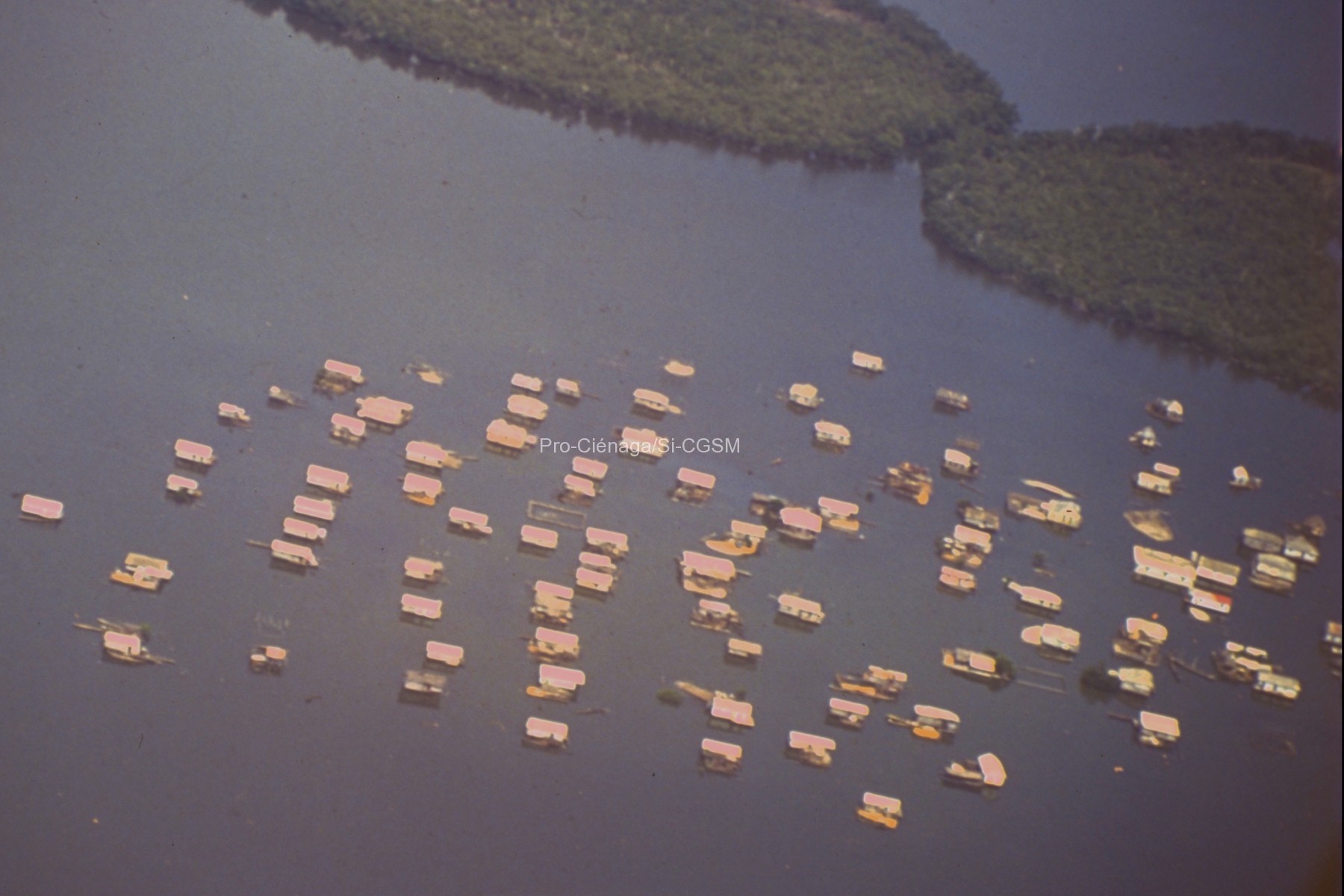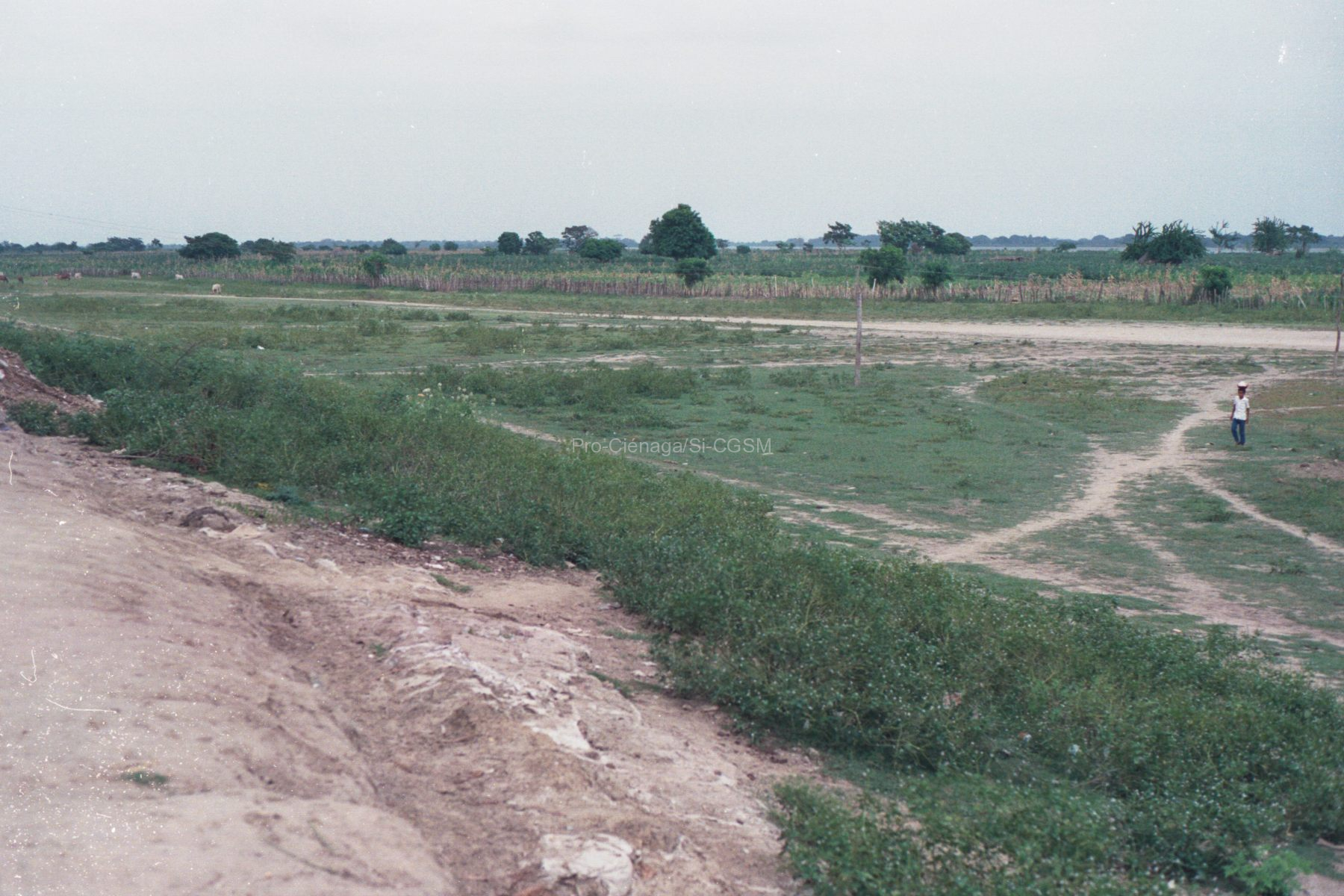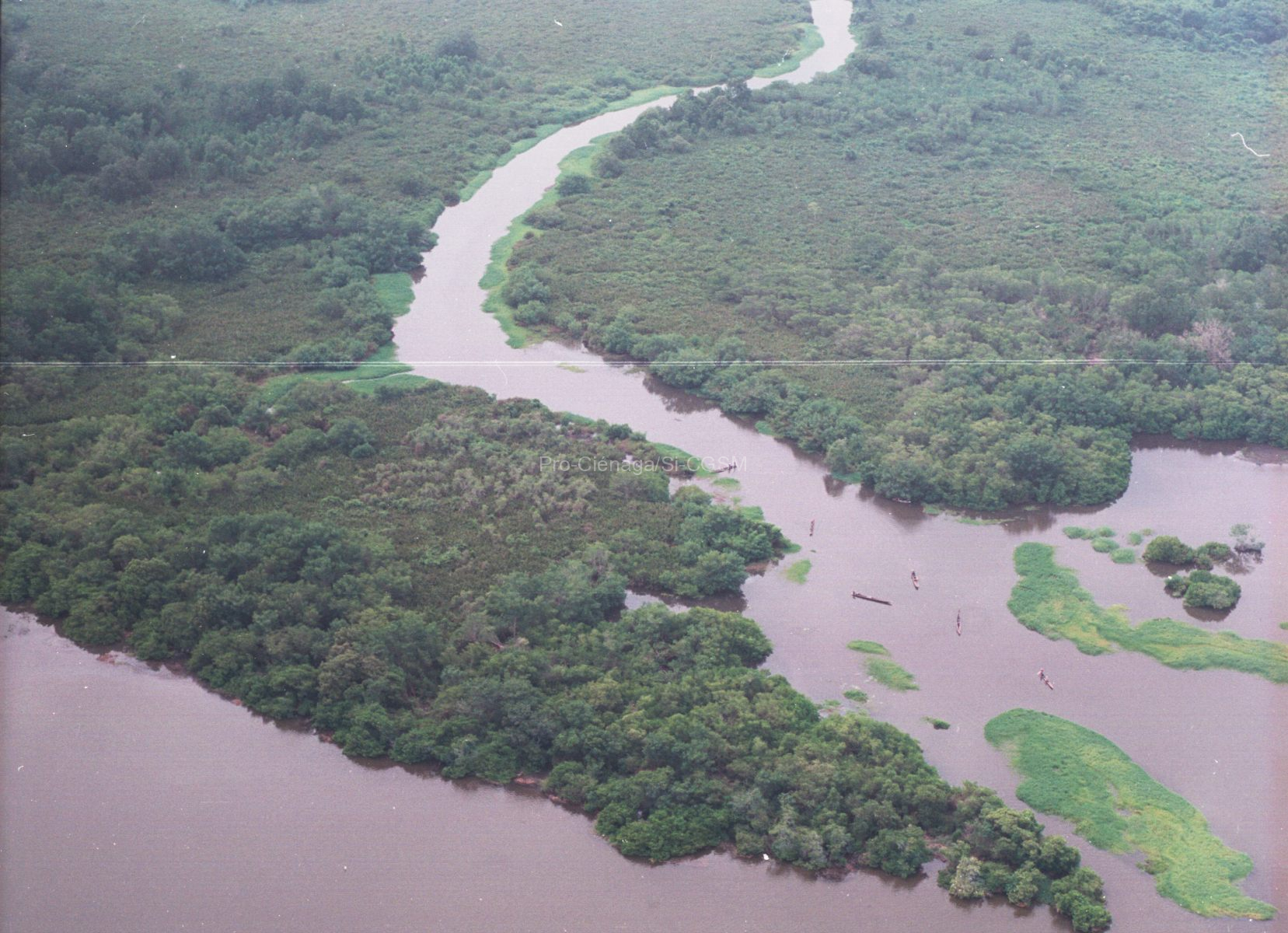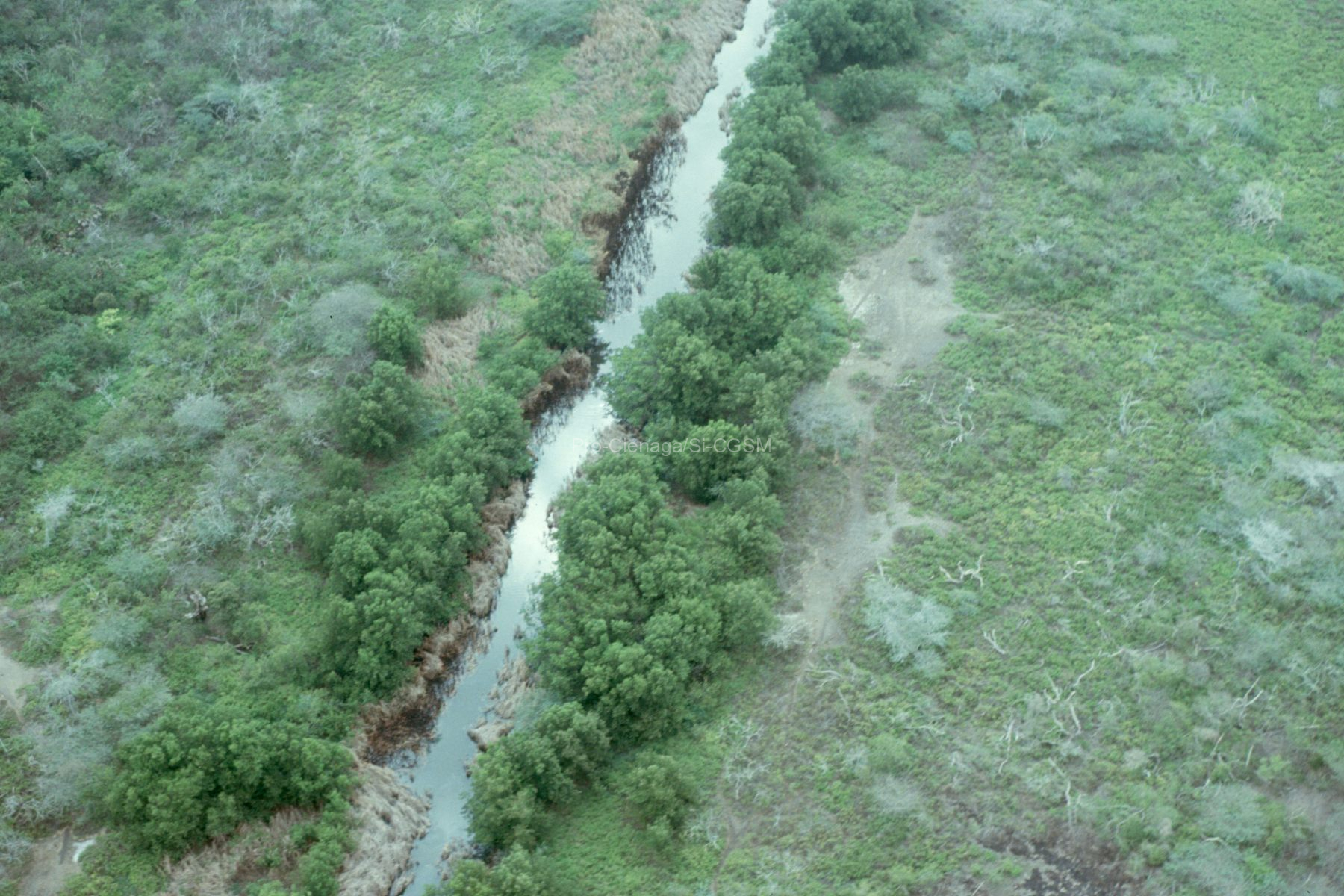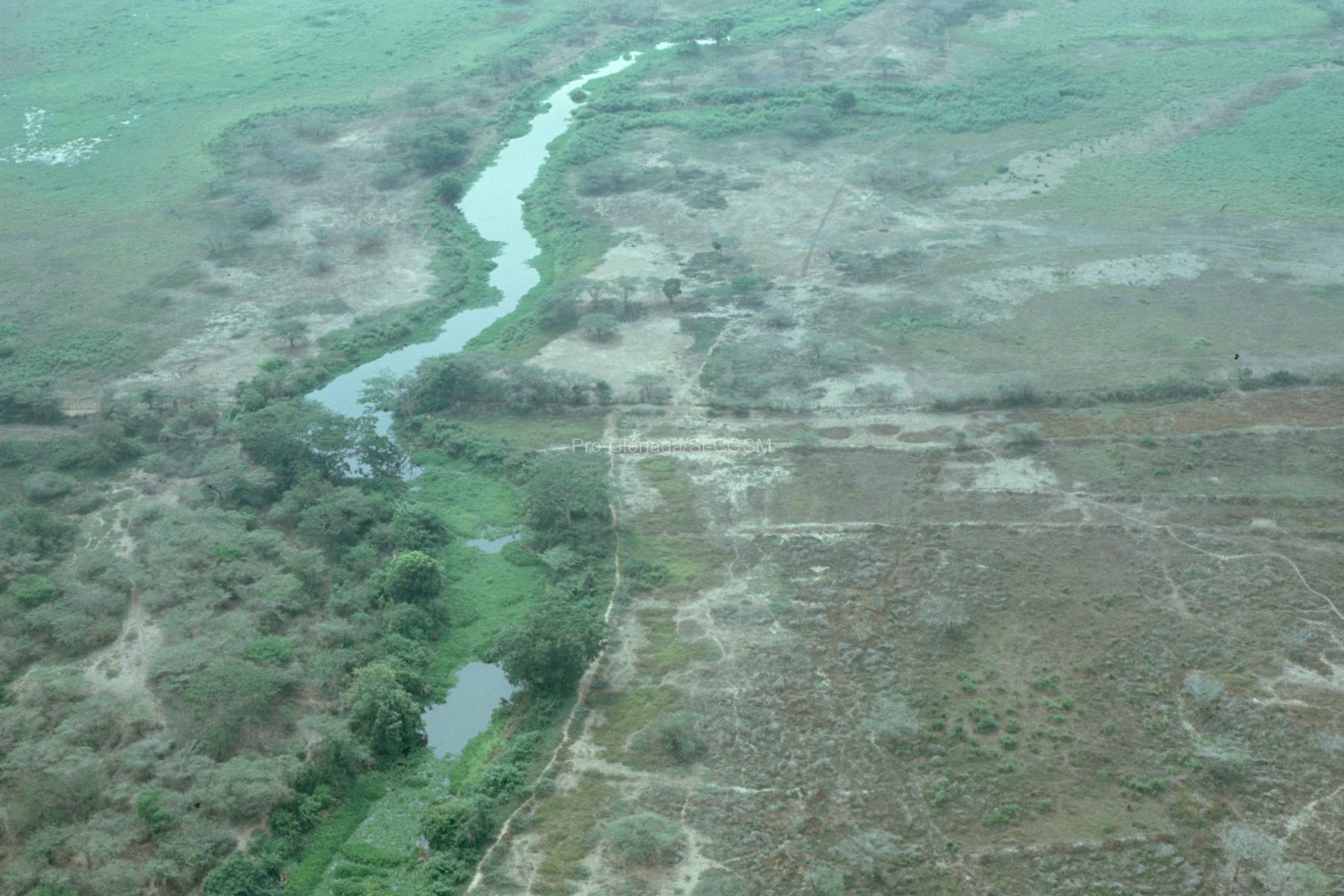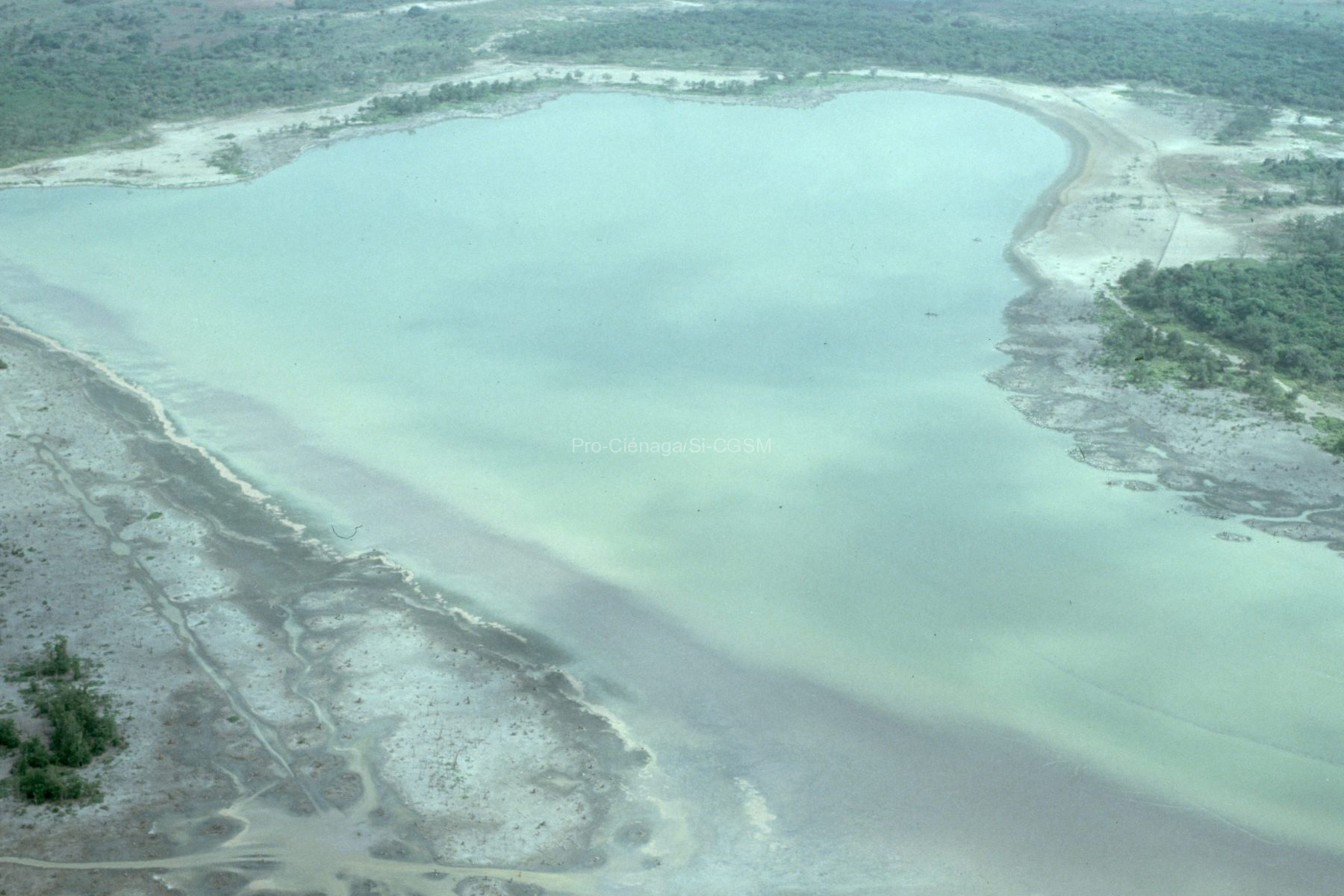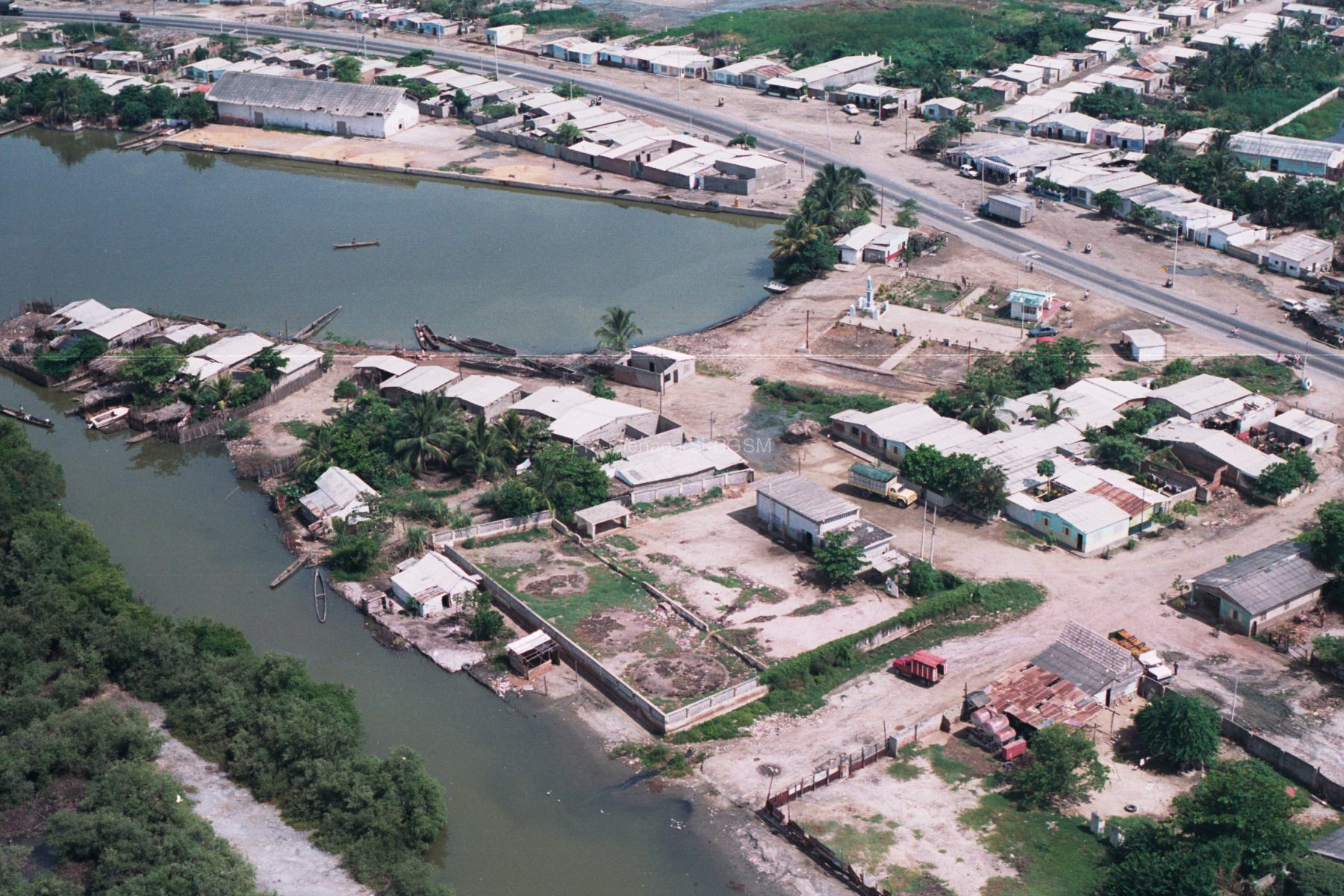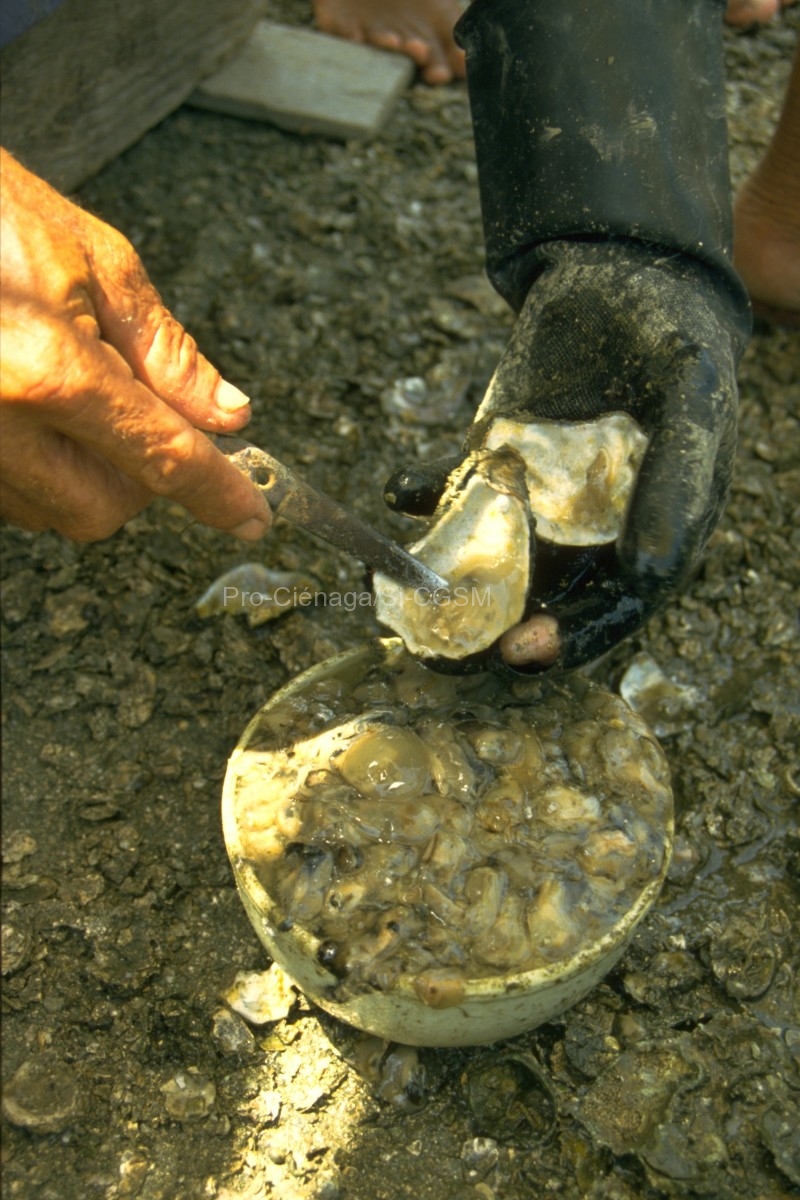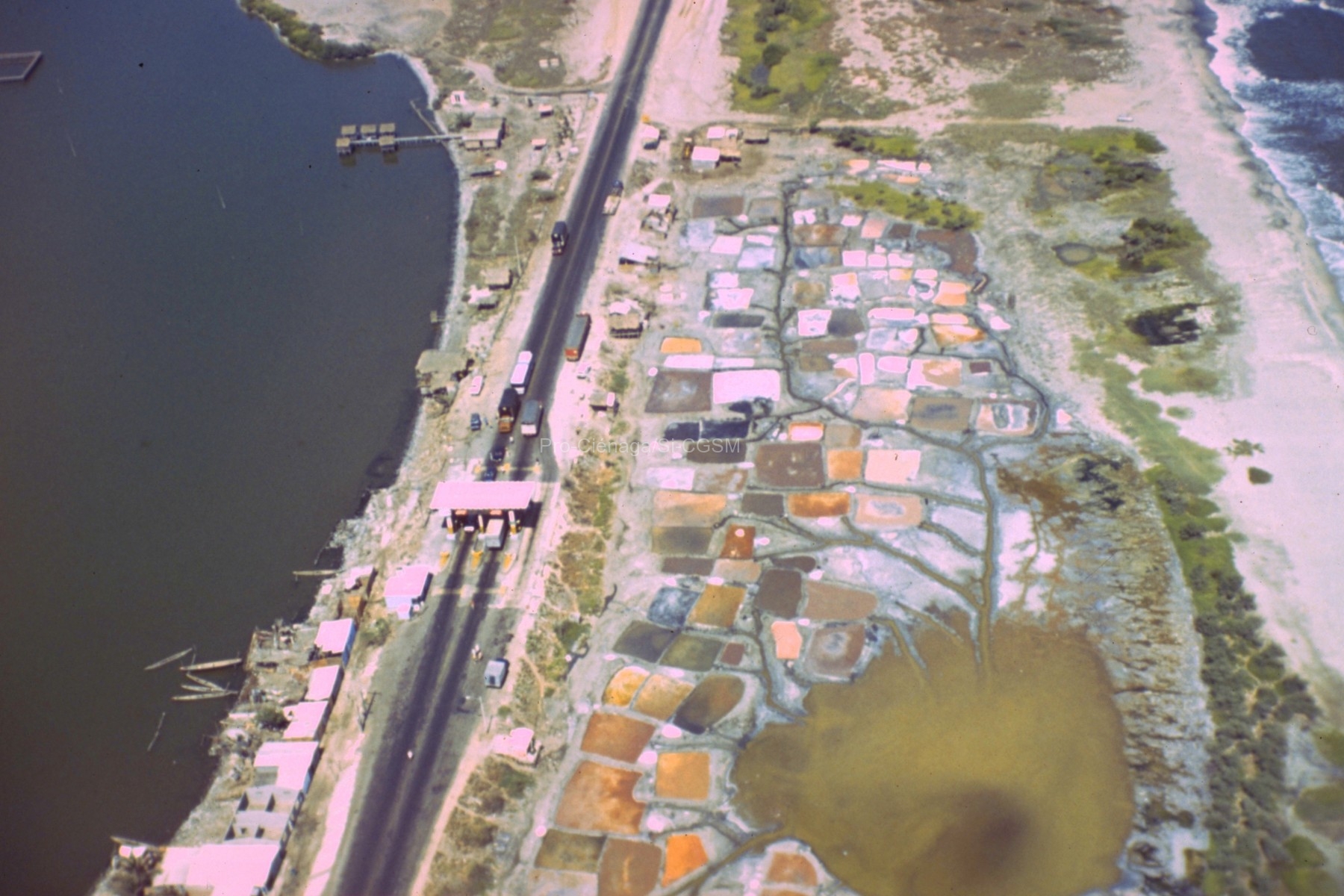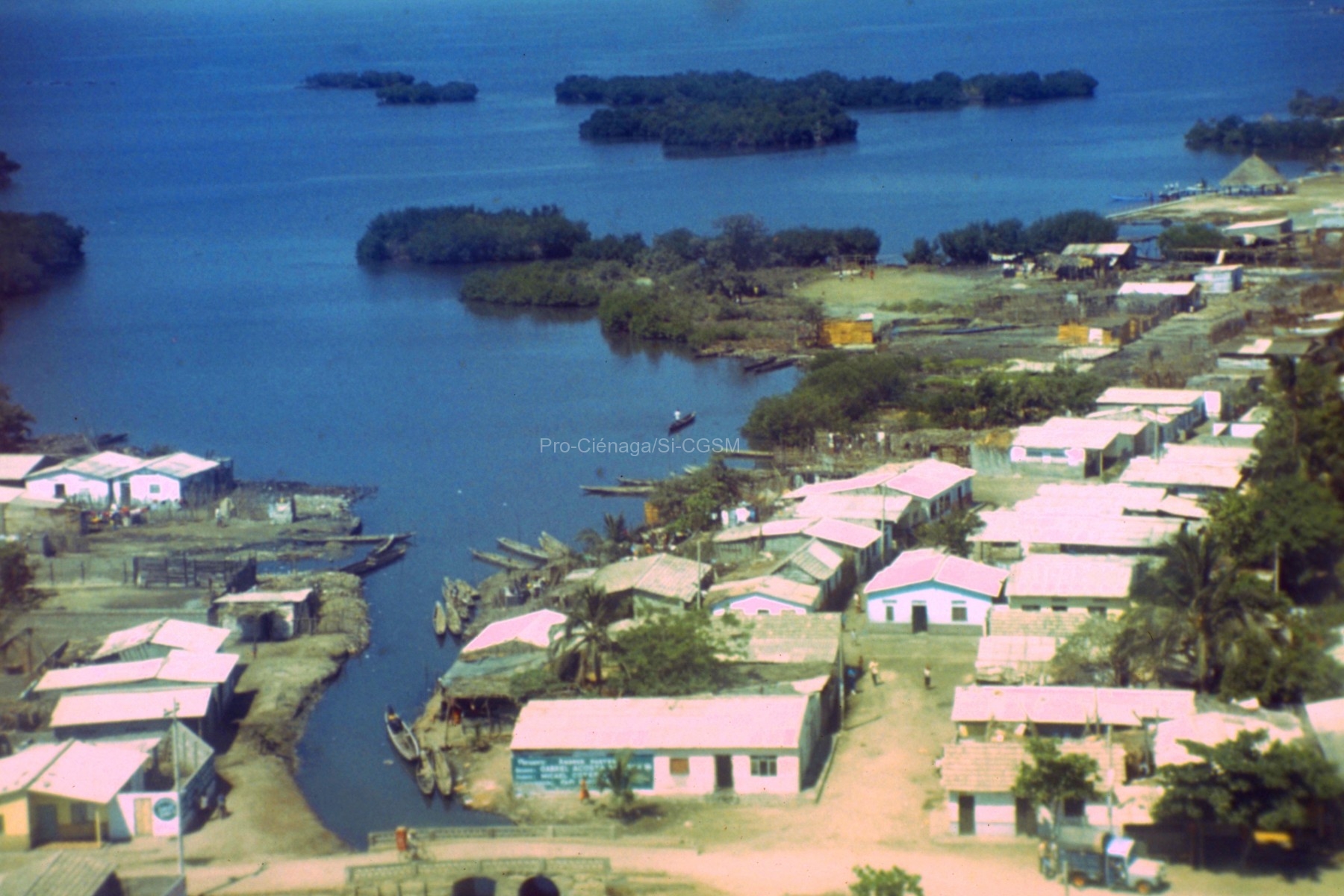https://doi.org/10.1016/j.ecss.2020.106888
Mangroves play an important role in the nutrient cycle of coastal areas, contributing to the health of adjacent ecosystems by retaining carbon, nitrogen and phosphorous. Different studies have shown that sediment organic carbon (SOC) stock decrease with the loss of above-ground forest biomass. Our objective was to assess the effect of deforestation on the ability of mangroves to store carbon and retain nutrients in the sediment. We hypothesized that conserved forests contain the highest values of SOC compared to sites where the vegetal cover was completely lost. The sampling was carried out in a highly altered ecosystem in the South Caribbean, where a freshwater diversion project had been implemented between 1993 and 1998 to rehabilitate 290 km2 of a deforested mangrove area after hypersalination of the sediment. Based on our results, we reject our initial hypothesis; SOC stores in areas where massive mangrove mortality occurred were between 258 ± 2 and 339 ± 19 Mg C ha−1, i.e., two times higher than those in conserved mangrove forest areas (156 ± 16 Mg C ha−1). Nitrogen (N) followed a trend similar to that of SOC, in which sites with degraded mangroves had greater N stores (between 15.5 ± 0.4 and 19.1 ± 1.0 Mg N ha−1) than conserved site (11.7 ± 0.8 Mg N ha−1). In contrast, phosphorus (P) presented higher values at the conserved site (3.2 ± 0.3 Mg P ha−1) than at degraded sites (between 0.8 ± 0.2 and 2.0 ± 0.2 Mg P ha−1). The higher concentration of SOC in highly degraded sites may be driven by the balance between the large accumulation of dead plant material due to hypersalination and the low decay rates due to anoxia sediment conditions.

